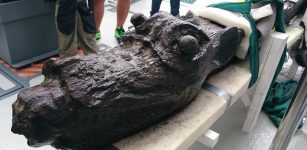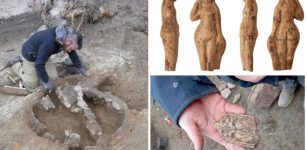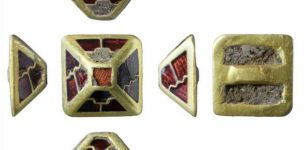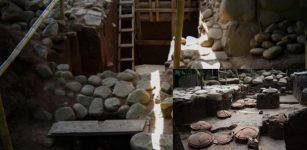More Than 2,500 Years Old Gallic Tombs Unearthed In Nîmes, Southern France
Conny Waters - AncientPages.com - An important outpost of the Roman Empire once located in what is now the modern city of Nîmes, located in the Occitanie region of southern France, was excavated by INRAP archaeologists.
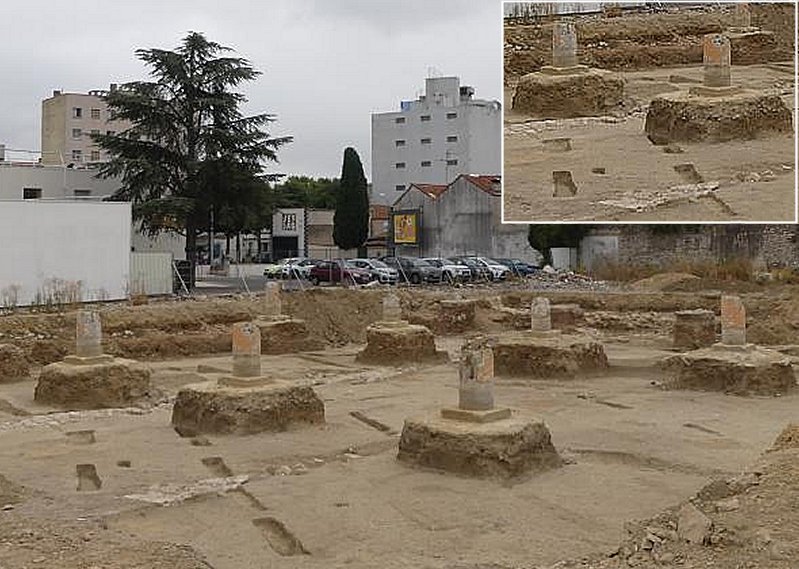 Pile foundations of the old post with traces (oblique) of Vine plantations of the Republican period. Image credit: Antoine Ratsimba/ Inrap
Pile foundations of the old post with traces (oblique) of Vine plantations of the Republican period. Image credit: Antoine Ratsimba/ Inrap
The excavation team worked from May to August 2020 and unearthed a funerary complex in good condition, and dated to 6th and 5th centuries BC.
The complex includes three Gallic burials, as well as two ceramic funeral vases and a deposit of tailings pit. There are also knives and a fibula, the ancestor of the safety pin, were found on two graves, suggesting that they were two males, according to INRAP.
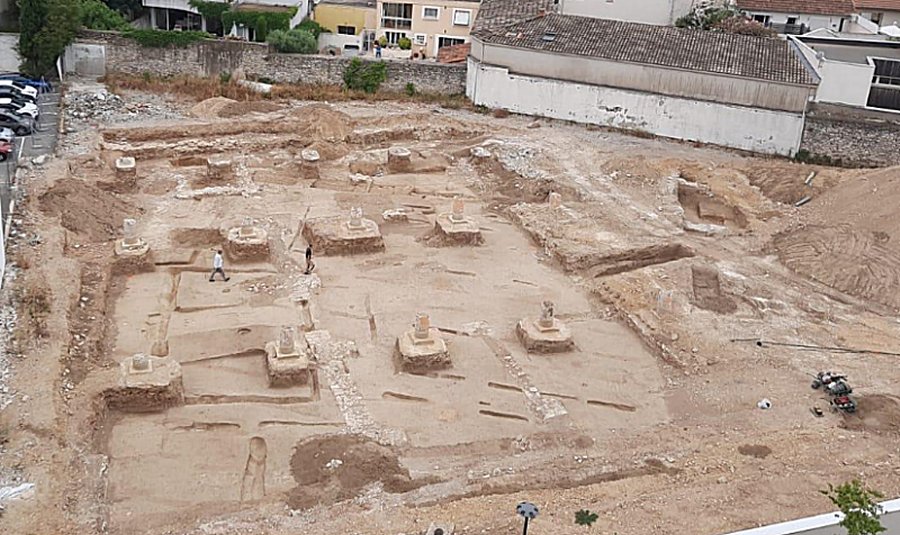 General view of the site. Image credit: Jacqueline Couriere/ Inrap
General view of the site. Image credit: Jacqueline Couriere/ Inrap
Each burial is located in a rectangular space well delimited by ditches. The latter corresponds to trenches which served as a foundation for walls or low walls in massive earth and wood. Out of five enclosures, two are complete, joined to each other by their short sides.
See also:
Early Christian Necropolis Unearthed In Sant’Appianu Cathedral In Sagone, Corsica
Ancient Necropolis With Lead Coffins Sheds Light On Early Christian Funeral Practices
Megaliths In Central France: 30 Prehistoric Monolith Stones And One Human Skeleton – Unearthed
These burials are believed to be dated to the Second Iron Age. This period, known as the Tene culture, developed in Europe between around 450 and 25 BC, before ending with the conquest of Gaul by the Romans in 52 BC.
As the archaeologists say 'the funeral complex thus develops on a north-south axis 40 meters long. This particular organization suggests the existence of a contemporary path along with the necropolis'.
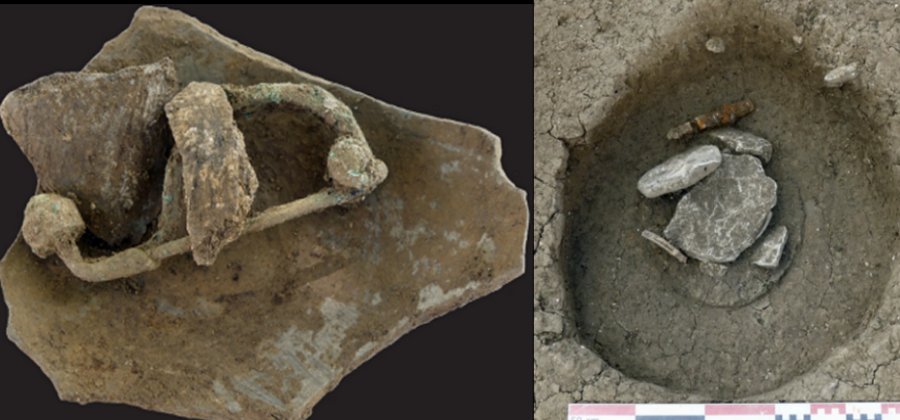
Left: Deposit of burnt bones and a fibula in copper alloy found at the bottom of an ossuary. Image credit: Claire Molliex/Inrap; Right: Gallic burial; ossuary under its limestone cover. Image credit: Florent Mazière, Inrap
However, there are questions regarding this small complex, located 600 meters south of this very early place inhabited by people who experienced the transition period between prehistory and the earliest recorded history.'
See also: More Archaeology News
Did these graves belong to the inhabitants of the city or with those of its nearby countryside?
The additional discovery made by INRAP researchers is in the form of traces of approximately fifty vine plantations that began its existence after the use of the site as a funeral complex. The vineyard (later replaced by an orchard) is dated from the end of the Second Iron Age, probably shortly before the conquest of Narbonne, at the beginning of the second century BC.
The site has traces from the Middle Ages and the time of the Roman Empire.
Written by Conny Waters - AncientPages.com Staff Writer



